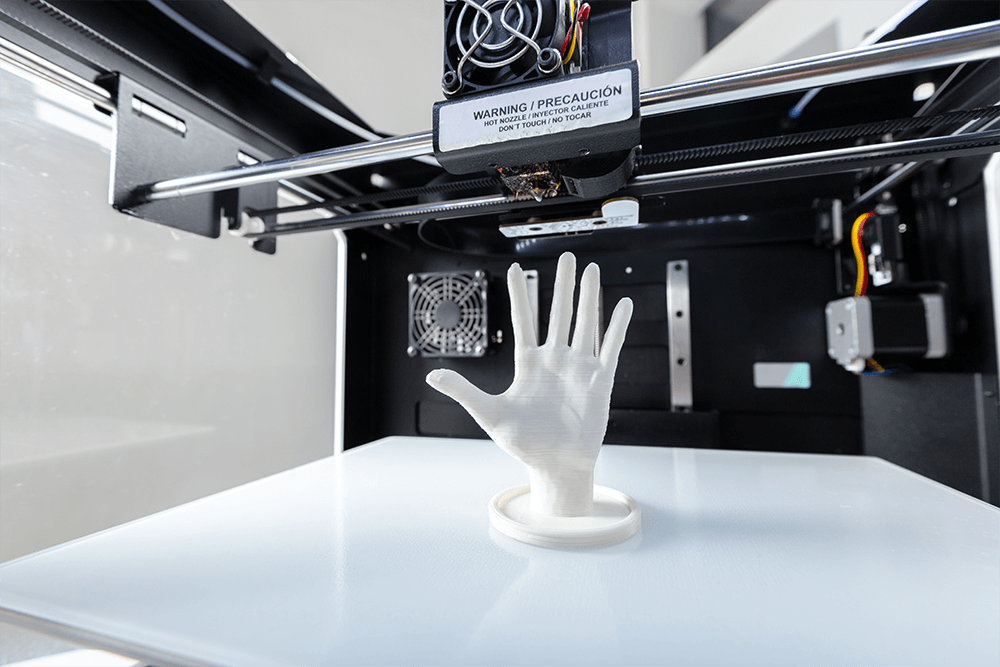
3D Printing in MAKE Labs
3D printing also known as additive manufacturing machines, are devices that create three-dimensional objects by building them layer by layer from digital models. They have revolutionized various industries, including manufacturing, healthcare, and even food. 3D printing continues to evolve, offering new possibilities and applications as technology advances. Whether you’re looking to prototype a new product, create custom parts, or explore creative projects, there’s likely a 3D printing solution to fit your needs.
